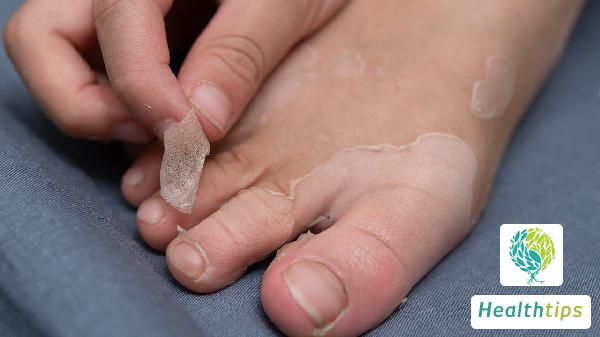"Does Treating Gout Require a Lot of Money?"
Update Date:
Source: Network
Costs Associated with Gout Treatment
The expenses required for gout treatment vary depending on the severity of the condition, geographical location, and types of medications used. During acute attacks, costs tend to be higher, whereas during remission periods, they are relatively lower.

Acute Attack Phase
- Non-pharmacological Therapy: Methods such as ice packs, elevation of the affected limb, and immobilization can alleviate pain and swelling. These approaches generally do not require special equipment or medications, thus being cost-effective.
- Pharmacological Therapy: Under medical supervision, medications like colchicine tablets, ibuprofen sustained-release capsules, and indomethacin enteric-coated tablets are administered for pain relief. Symptoms usually subside within 3-5 days, but long-term heavy usage should be avoided due to potential side effects. Additionally, benzbromarone tablets may be prescribed to enhance uric acid excretion, and allopurinol tablets to inhibit uric acid synthesis. Both medications are covered by medical insurance, making them relatively affordable.
- Surgical Intervention: For severe joint damage, surgical removal of tophi may be advised by physicians to achieve cure. The cost varies according to the surgical procedure, tailored to the individual patient's condition.
Remission Phase
Once gout symptoms are under control, medication dosages can be gradually reduced, with regular follow-ups, leading to decreased treatment costs. In daily life, it is recommended to minimize the intake of high-purine foods like seafood and animal viscera, and to avoid alcohol and smoking to prevent exacerbation of gout symptoms.



















